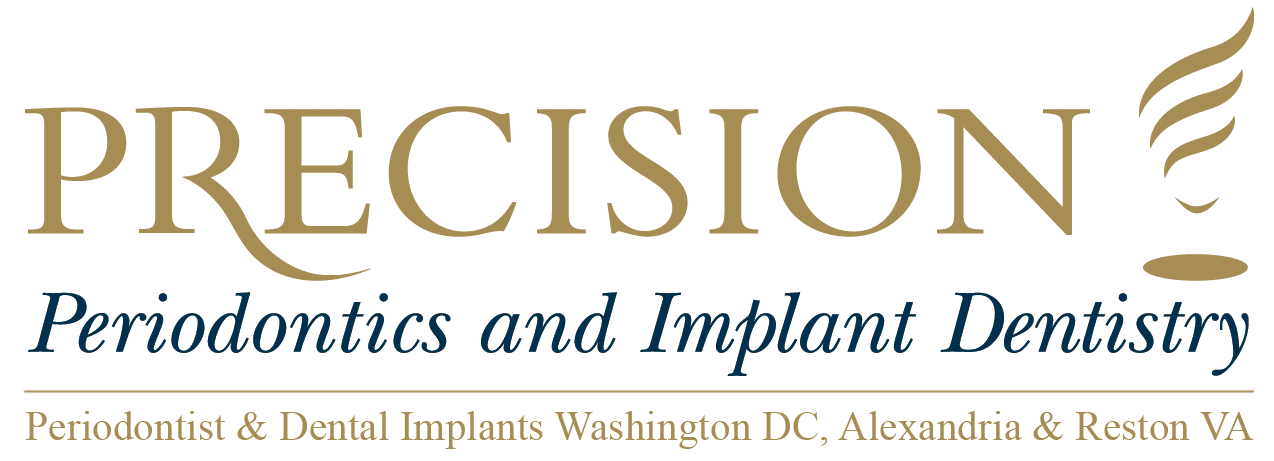Triclosan
Triclosan (TCS) is a type of antifungal and antibacterial agent. It exists in various consumer products such as toothpaste, soap, detergent, toys, and surgical cleaning treatments. It is quite similar to the agent triclocarban, which used is no longer used. Due to the product’s efficacy as an antimicrobial agent, the risk of associated antimicrobial resistance, and the potential role in disrupted hormonal development, it continues to be a controversial agent. Further research is needed which seeks to understand the potential effects triclosan has on organisms and the environment.
In the 1960s, triclosan was first developed. In 2017, after no benefits were identified for consumers and there was a risk of antibiotic resistance, the FDA declared that consumer antiseptic washes which contained triclosan were prohibited without approval. The FDA did however find that the triclosan used in the Colgate Total brand toothpaste aided in preventing gingivitis.
In 2006, a study was conducted which recommended showering patients with 2% triclosan in surgical units. The practice aimed to rid the patient's skin of methicillin-resistant Staphylococcus aureus (MRSA).
In the 1970s, triclosan was used as a hospital scrub. In more recent years, it expanded in its commercial use and is now a common ingredient which is found in soaps, shampoos, deodorants, toothpastes, mouthwashes, cleaning supplies, and pesticides. It is also included in various consumer products such as kitchen utensils, toys, bedding, socks, and trash bags.
Since 2017, five registrations were made with the EPA for triclosan. The antimicrobial active ingredient is added to a variety of products. The benefit of the agent is that it works to slow or halt the growth of bacteria, fungi, and mildew. In institutional, commercial, and industrial equipment settings, triclosan is used in conveyor belts, fire hoses, dye bath vats, and ice-making equipment. Triclosan can also be directly applied to commercial HVAC coils. It prevents microbial growth which can damage the product.
By 2000, triclosan and triclocarban (TCC) were included in 75% of all liquid soaps and 29% of bar soaps. In 2014, triclosan was being used in over 2,000 consumer products.
In a healthcare setting, triclosan is commonly used in surgical scrubs and hand washes. In surgical units, the use of the agent is effective with at least two minutes of contact. In surgical units, a shower with 2% triclosan is a recommended regimen for the decolonization of patients with skin which carries methicillin-resistant Staphylococcus aureus (MRSA).
Triclosan is also used as a coating for some types of surgical sutures. Evidence suggests that sutures which are coated in triclosan can reduce the risk of an infection at the surgical site. These types of sutures are recommended by the World Health Organization, the American College of Surgeons and the Surgical Infection Society to reduce the risk of infection.
Some studies have also suggested that the use of antimicrobial hand soaps which contain triclosan, reduce bacterial growth on the hands more than soap which does not contain the agent. In 2013, the FDA identified a benefit for some consumer products to contain triclosan. However, this benefit did not exist for other types of products.
